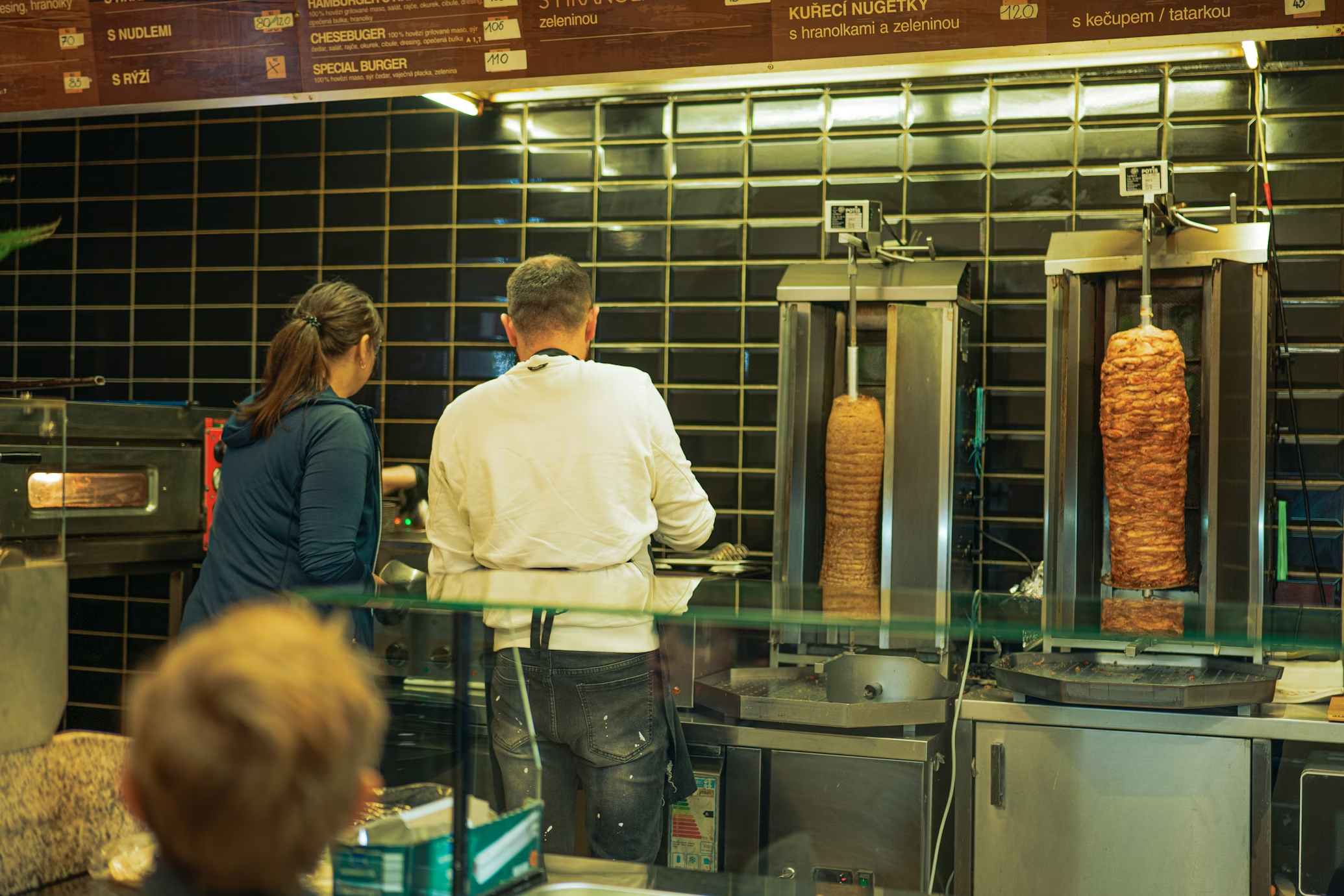
Running a successful restaurant involves more than serving delicious food and providing excellent service. Effective operations management is key to keeping things running smoothly while maximizing profits. From inventory management to staff training, streamlining restaurant operations can positively impact your bottom line. This article will explore various strategies restaurant owners can implement to enhance operational efficiency. How to streamline restaurant operations for success.
Efficient Inventory Management
Inventory management is a crucial component of any restaurant’s operations. Poor inventory control can lead to overstocking or running out of critical ingredients, negatively affecting operations. To streamline inventory management:
Use Inventory Management Software: Implementing software solutions that track stock levels in real time can help identify when ingredients are running low and need to be reordered. This reduces waste and prevents stockouts.
Conduct Regular Stock Checks: Regular inventory audits are essential to ensure that what’s recorded matches what’s physically in stock. This helps identify theft, spoilage, or discrepancies in ordering.
Implement Par Levels: Setting par levels, which is the minimum amount of ingredients needed to meet customer demand, helps avoid over-ordering and waste while ensuring ingredients are always available. How to streamline restaurant operations for success.
Streamlining Ordering and Payment Systems
A fast and efficient ordering and payment system can significantly improve customer satisfaction and reduce operational delays. Here’s how to streamline the process:
Implement POS Systems: A modern Point of Sale (POS) system can simplify ordering and payment. These systems allow for faster order taking, better communication between the front and back of the house, and quicker payments.
Offer Digital Ordering: Digital ordering systems, whether through an app or a self-service kiosk, allow customers to place orders directly without waiting for a server. This speeds up service and reduces order errors. How to streamline restaurant operations for success.
Contactless Payments: By offering contactless payment options, such as mobile wallets or tap-to-pay, you can reduce transaction times and improve the overall customer experience.
Staff Training and Scheduling Optimization
The success of a restaurant depends on the quality of its staff. To streamline operations and improve service delivery, investing in staff training and optimizing scheduling is crucial:
Cross-Train Employees: Cross-training your staff to handle multiple roles ensures flexibility during busy times. For example, a server who can assist with cleaning or dishwashing can reduce downtime.
Use Scheduling Software: Scheduling software helps plan shifts efficiently and reduces labor costs by matching staffing levels to customer traffic patterns. It also allows for better overtime management, ensuring the restaurant remains within its budget.
Ongoing Training: Continuous staff training helps ensure high service standards. Regular workshops on customer service, menu knowledge, and safety protocols will keep the team engaged and informed.
Streamlining the Kitchen Workflow
The kitchen is the heart of any restaurant, and its efficiency directly impacts the food quality and service speed. Streamlining the kitchen workflow is essential:
Optimize Kitchen Layout: Ensure that the kitchen is designed for efficiency, with easy access to ingredients and equipment. A well-planned kitchen layout can minimize staff steps and improve the speed of food preparation.
Use Kitchen Display Systems (KDS): Replace paper ticket systems with digital KDS that provide real-time updates and order tracking. This reduces confusion and ensures that chefs focus on the task at hand.
Pre-Prep Ingredients: Prepping ingredients can save valuable time during peak hours. Consider batch-preparing sauces, marinades, and vegetables to streamline operations and reduce wait times.
Improving Communication Between Front and Back of House
Clear communication between the front and back of the house is essential for smooth operations. Miscommunication can lead to delays, incorrect orders, and unhappy customers. Here’s how to improve communication:
Standardize Procedures: Implement standard operating procedures (SOPs) for handling orders, food delivery, and customer complaints. SOPs ensure everyone is on the same page and tasks are completed consistently.
Utilize Communication Tools: Digital tools such as walkie-talkies or apps designed for restaurant communication can improve the flow of information between the front and back of the house. This allows for real-time updates on order status and customer needs.
Hold Regular Team Meetings: Regular pre-shift meetings can align the team on daily goals, unique menu items, and customer service expectations.
Embrace Technology for Streamlining Operations
Technology has the power to revolutionize restaurant operations. By embracing digital tools, you can increase efficiency and reduce manual labor:
Online Reservations: Offering an online reservation system can help manage customer flow and reduce wait times. This also provides valuable data on peak hours and customer preferences.
Order Management Systems: These systems track orders from when they’re placed until they’re served, helping staff stay on top of priorities and promptly fulfilling orders. How to streamline restaurant operations for success.
Customer Feedback Systems: Implement systems for collecting customer feedback through surveys or comment cards. This information can guide you in improving service and food quality, ensuring repeat business.
Focus on Energy and Cost Efficiency
In addition to improving service and food preparation, energy and cost efficiency can streamline operations. Small changes can have a significant impact on your operating costs:
Energy-Efficient Appliances: Invest in energy-efficient kitchen appliances, lighting, and heating/cooling systems to reduce utility bills and minimize the environmental footprint.
Monitor Waste: Implement waste reduction practices by monitoring food waste and using leftover ingredients creatively. Composting or donating unsold food can also be part of your sustainability efforts.
Negotiate with Suppliers: Regularly review your contracts with suppliers to ensure you get the best ingredients’ prices and quality. Building strong vendor relationships can lead to better deals and reliable delivery schedules.
Streamlining restaurant operations is not just about increasing efficiency—it’s about enhancing the customer experience, reducing costs, and creating a more enjoyable work environment for staff. By optimizing inventory management, improving communication, embracing technology, and focusing on staff training, restaurant owners can set themselves up for long-term success. As the industry evolves, restaurants that adapt to these operational strategies will be better positioned to thrive in a competitive market.